This one is complete, with the original guard shell and grip wire binding. Even the long blade is in good condition.
It dates from the second half of the 17th century
BLADE: It is a long cavalry blade whose edge begins after a very short half-ricasso of 5 mm (half-ricasso = ricasso concerning only the cutting part, the fuller continuinginto to the hilt).
On each side there is a fuller along the backedge which ends at the level of the counter-edge. This part where the powerful counter-edge is located measures 25.5 cm. It is characterized by a widening of the blade, as on Hungarian or Polish cavalry sabers.
The whole part of the blade is very sharp and without any particular defect, apart of course from the usual small spots of oxidation on a weapon of this age.
Blade length = 79.5 cm, width near the guard 3.7 cm, thickness at the ricasso = 0.5 cm
GUARD: This is the type of guard that will be found later on certain so-called "Walloon" swords.
On the outer face, a heart-shaped guard shell, pierced with regular holes, protects the hand.
On the inside, a thumb ring whose large size is related to the use of the weapon by the gloved hands of a rider.
A main guard branch thickened in a double bulb at the 1st third 2nd third junction joins the pommel and is fixed there by a screw.
A second branch (knuckle bow) with the same bulb is fixed to the pommel by a hook.
Finally, a diagonal intermediate branch ensures the junction between the two main branches.
The quillon ends with a kind of acorn. It is curved to avoid snagging on clothing.
POMMEL: It has the dog's head shape characteristic of Swiss arms. It is bronze or brass.
GRIP : wooden, covered with brass wires and double twisted iron wire in chevrons. The turk's heads ferrules are present and original.
The wire binding of the handle of course moved slightly over time, but it is now perfectly stable and without any lack, which is very rare.
This type of work alternating brass wires and chevron braid formally indicates an officer's weapon, made carefully.
We notice the difference with the coarse contiguous wire bindings, in brass or thick iron that we will find later on the Walloons swords.
In conclusion it is a beautiful weapon, relatively scarce, and in a state of conservation rare to find.
Ref G4Y-2304




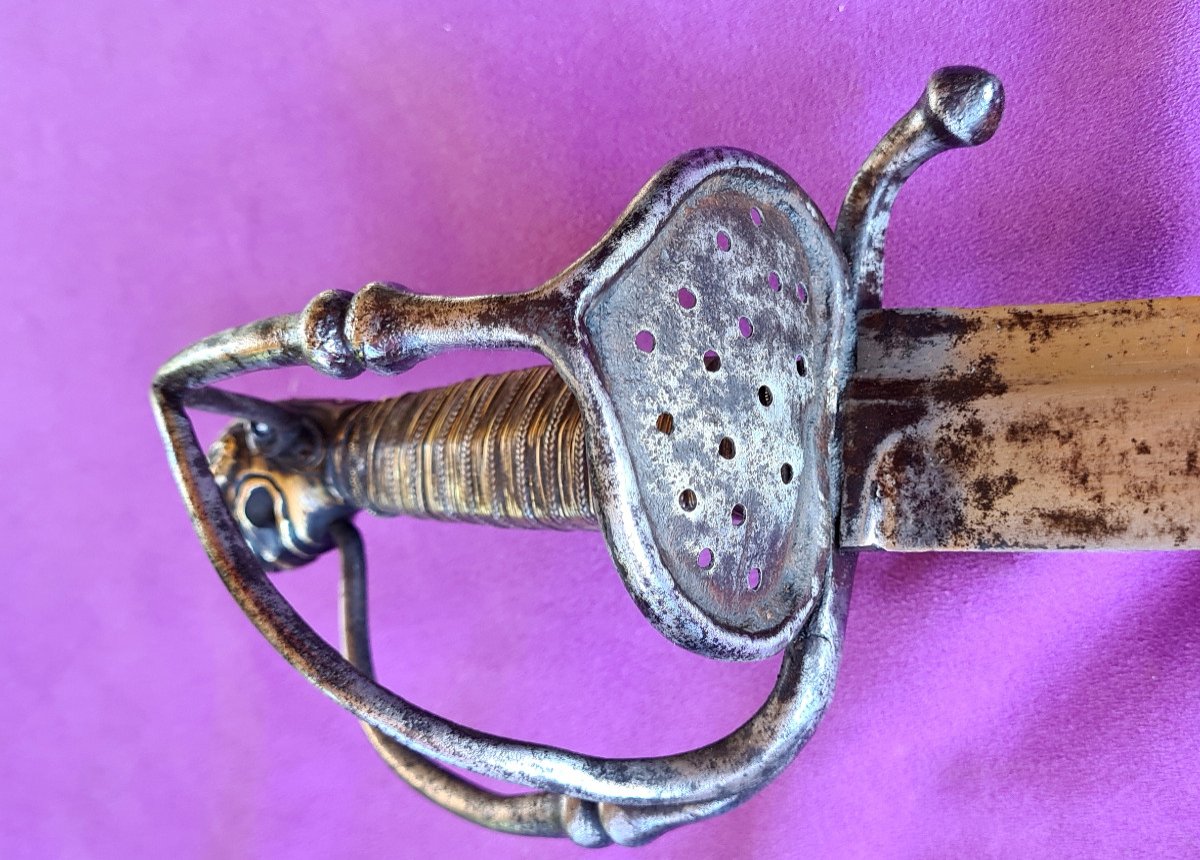
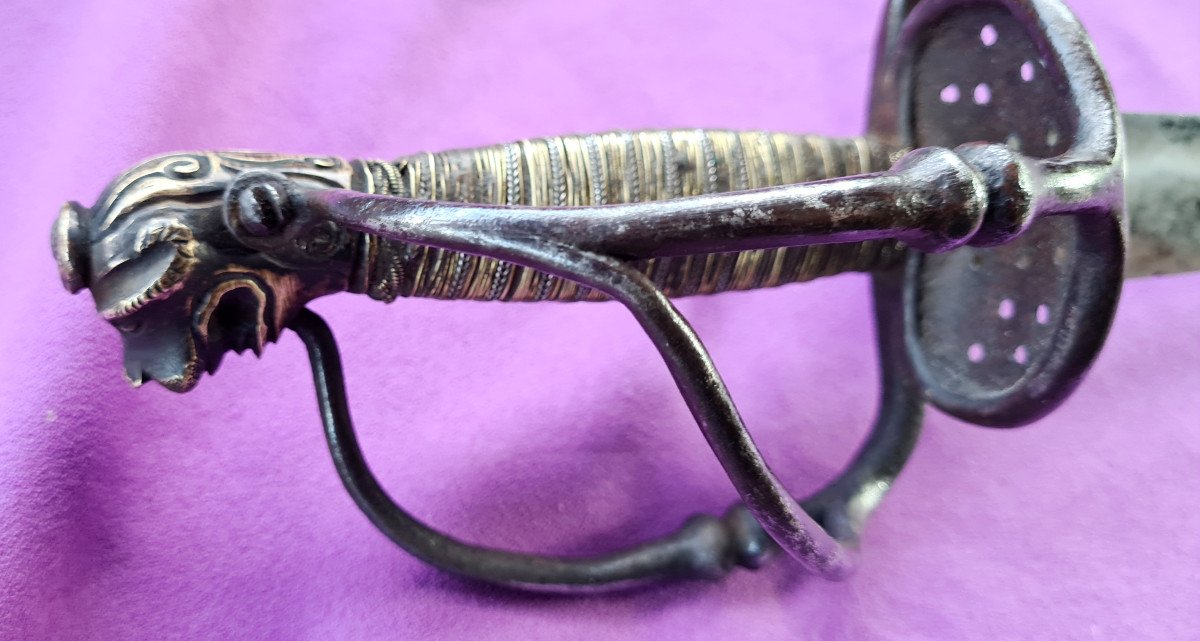

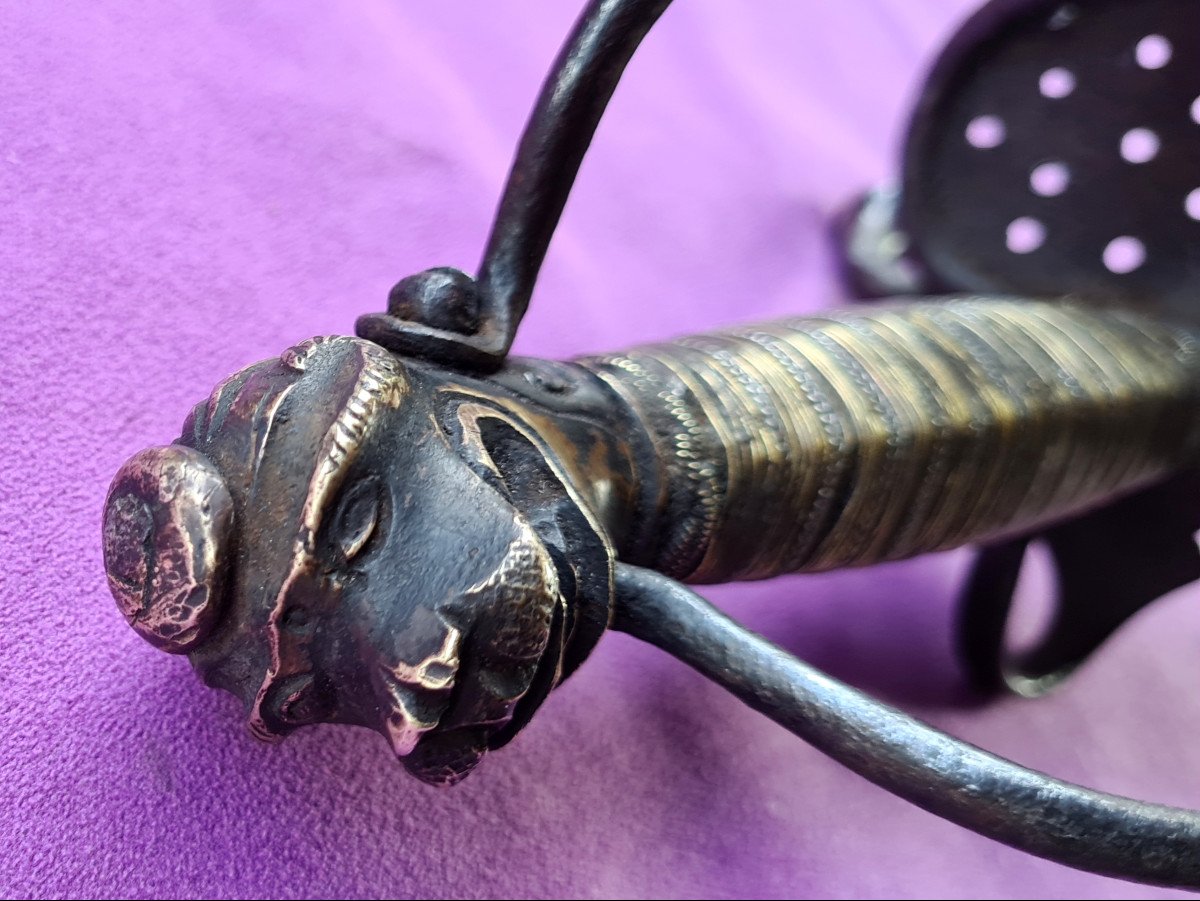
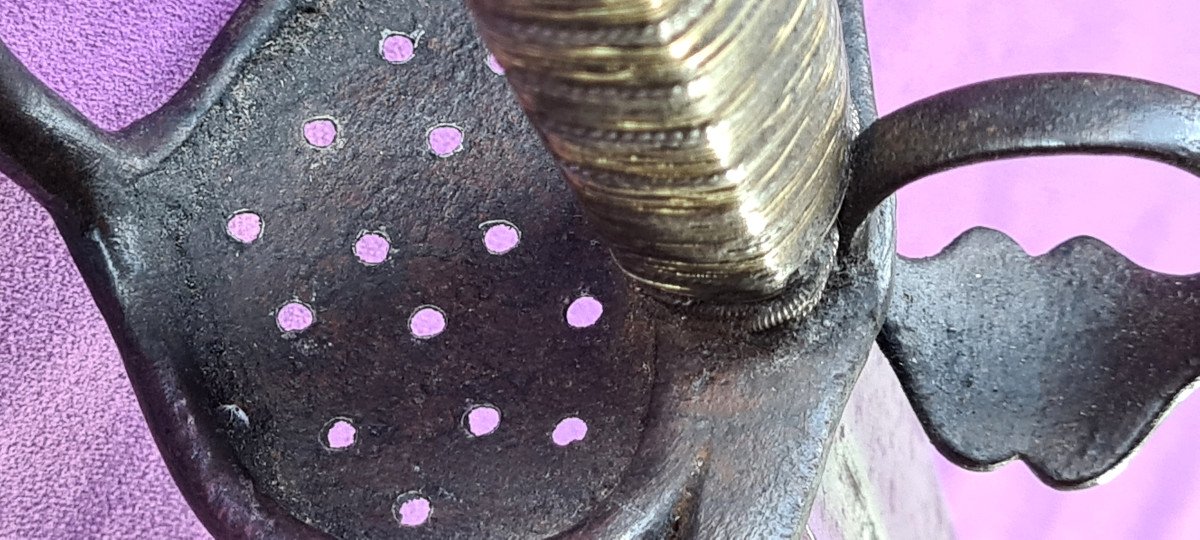
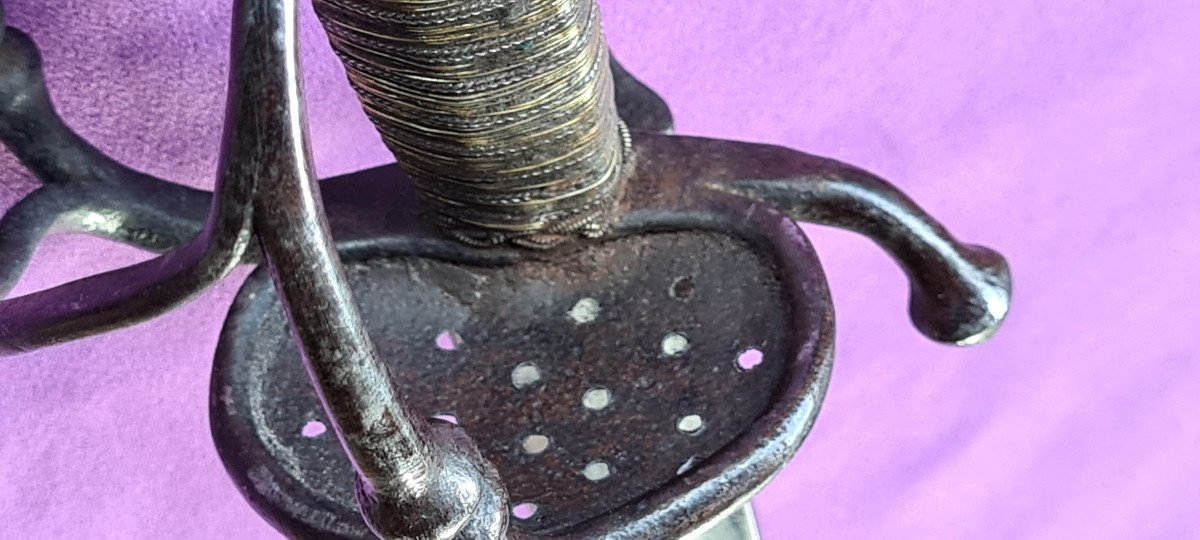
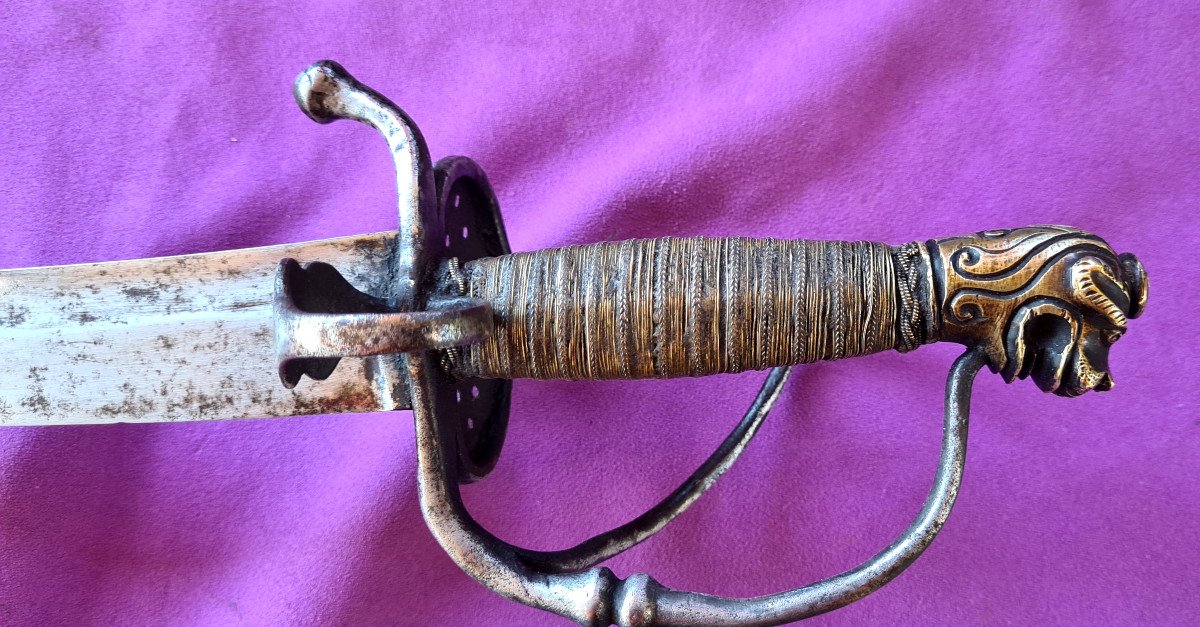
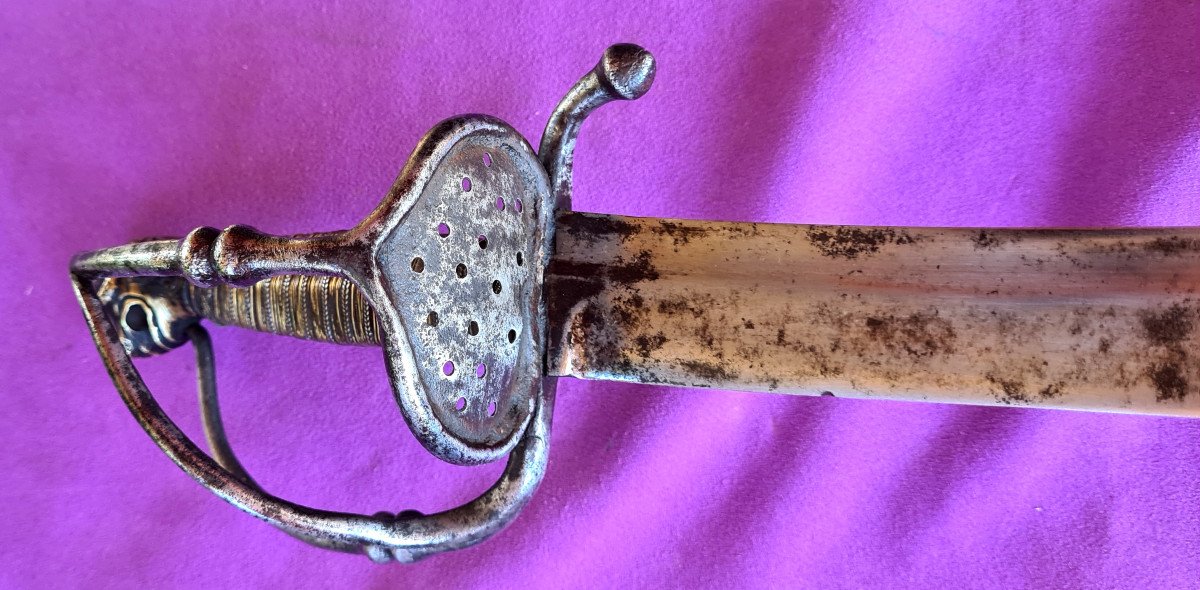
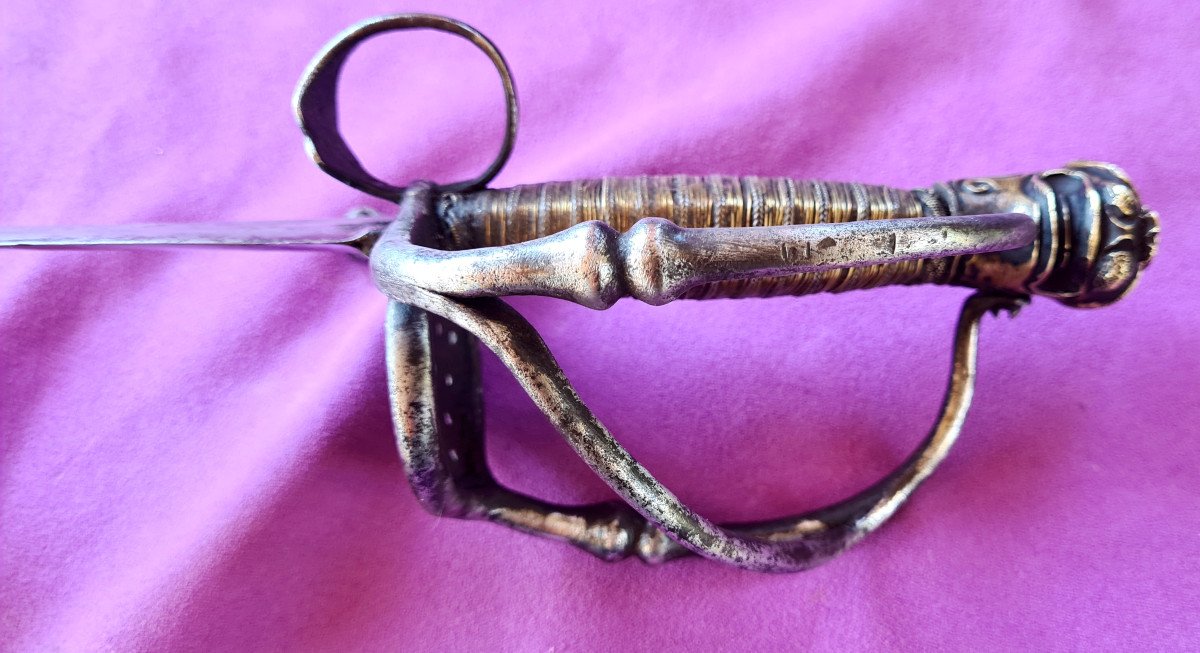
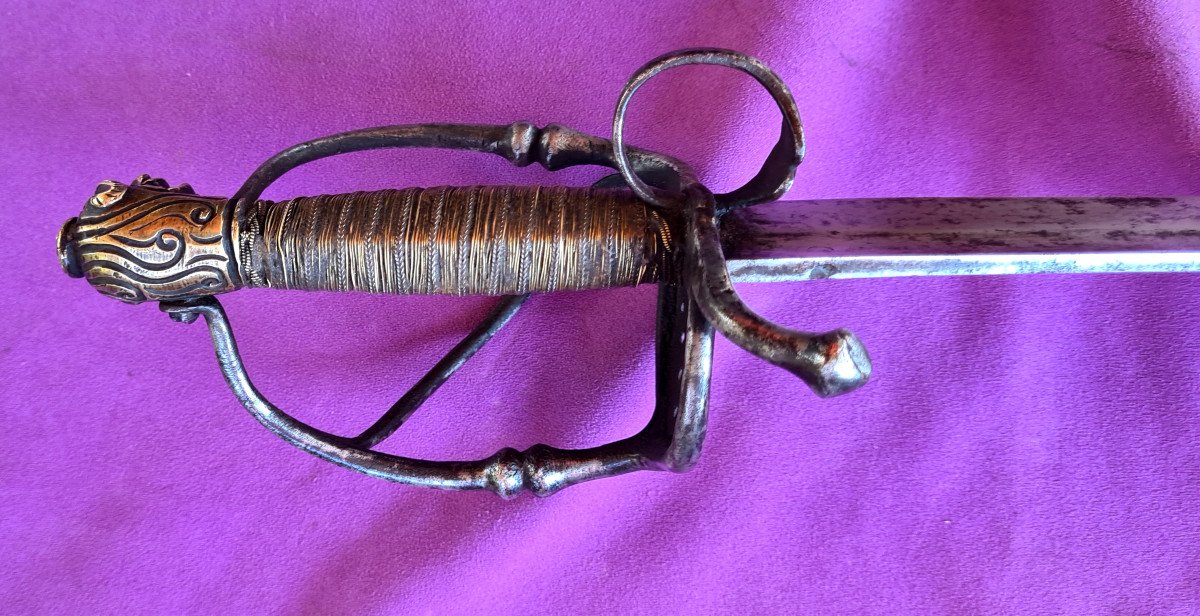
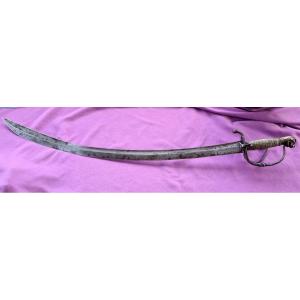














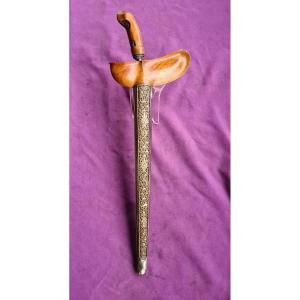

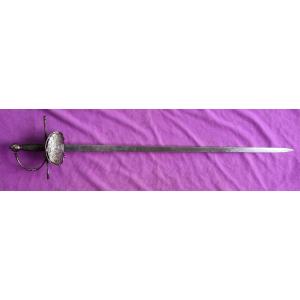


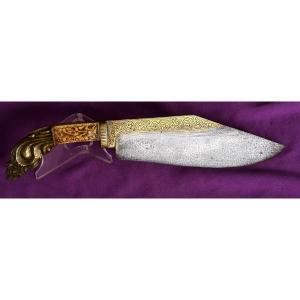

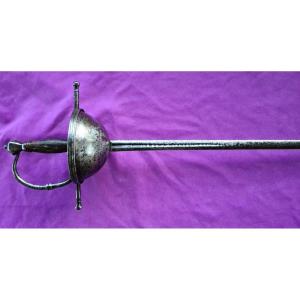
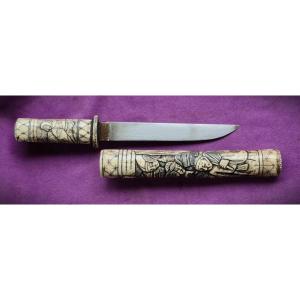
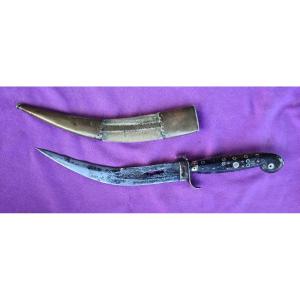
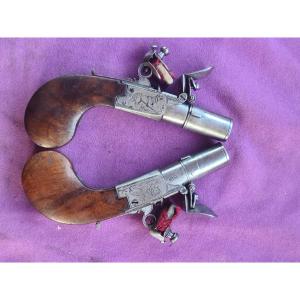


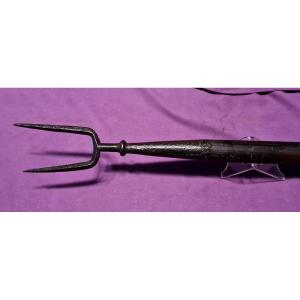
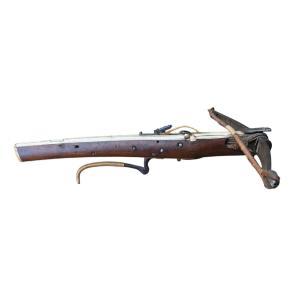
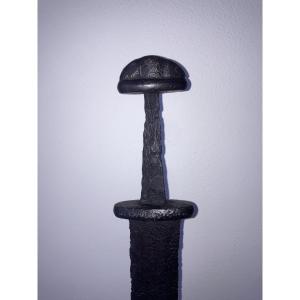





 Le Magazine de PROANTIC
Le Magazine de PROANTIC TRÉSORS Magazine
TRÉSORS Magazine Rivista Artiquariato
Rivista Artiquariato